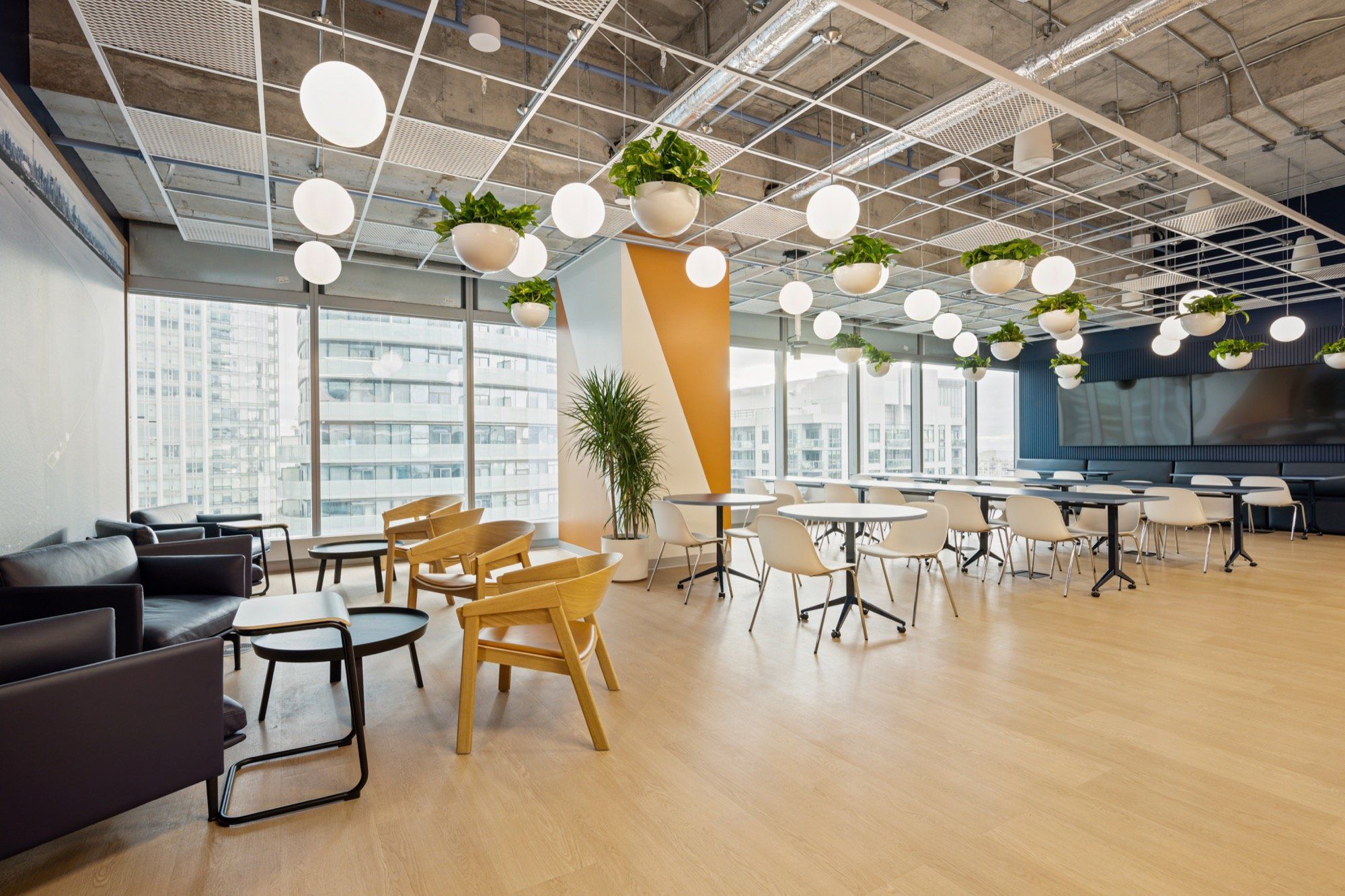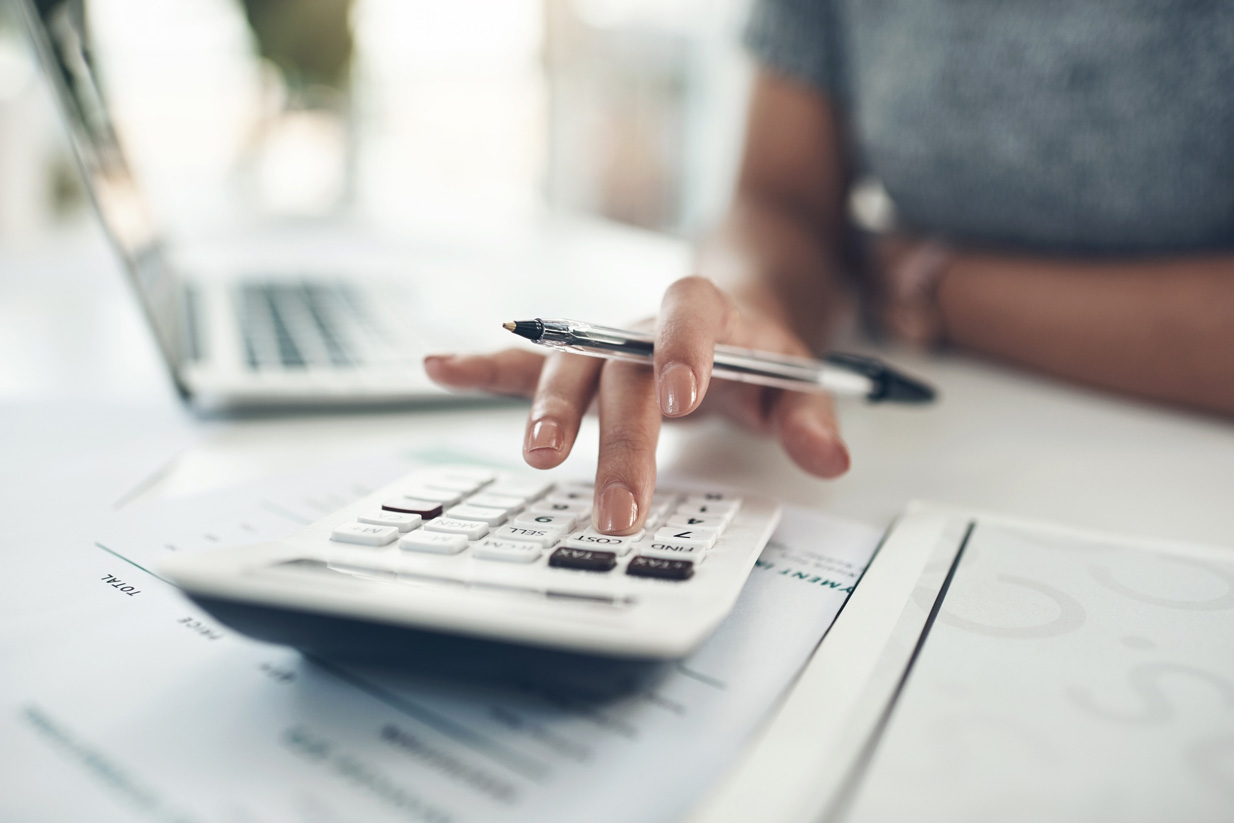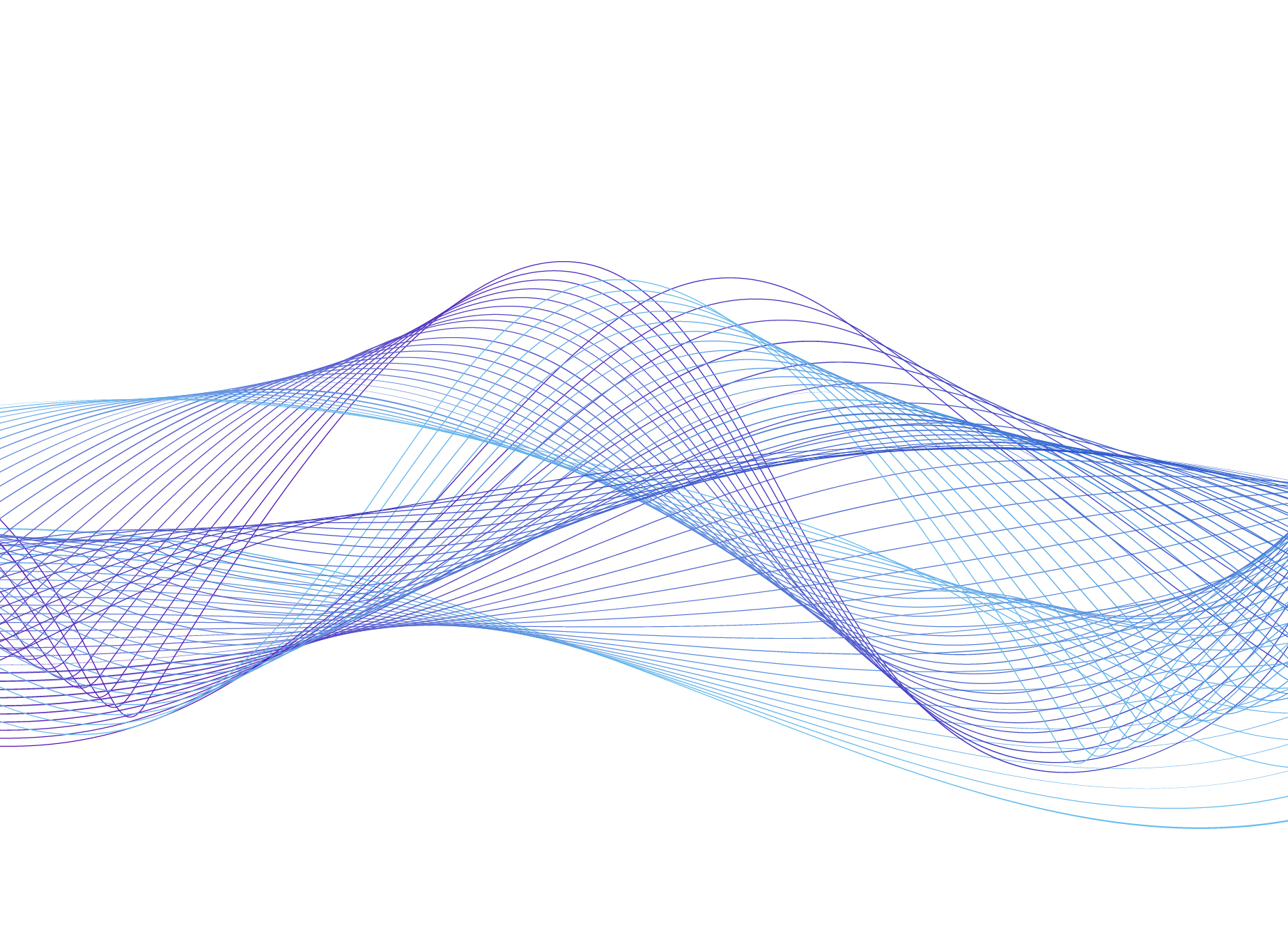Modern office design has shifted dramatically from the cubicle-heavy layouts of the past to more open, collaborative spaces. While these environments encourage teamwork, creativity, and a sense of community, they also come with challenges—especially when it comes to office noise, acoustic comfort, and privacy. This comprehensive guide explores how organizations can effectively balance open collaboration with the need for quiet zones using smart office design and sound masking technology.
Table of Contents
-
What Is Activity-Based Office Design?
-
Why Balancing Noise and Office Privacy Matters
-
Creating Clearly Defined Work Zones
-
Sound Masking: As Efficient Office Acoustics Solution
-
Adaptive Volume Control Explained
-
Best Materials for Office Acoustics and Comfort
-
Office Etiquette Tips for a Quieter Workplace
-
FAQs
1. What Is Activity-Based Office Design?
Activity-based office design is a layout strategy that supports a variety of work modes, such as collaboration, deep focus, and virtual meetings. It allows employees to choose where and how they work based on their task. A well-designed office space includes:
- Collaborative Zones: Open areas, lounges, and brainstorming rooms where teams can communicate freely.
- Quiet Zones: Enclosed or semi-enclosed areas that reduce distractions and improve office privacy.
- Flexible Zones: Multi-use spaces that adapt to different work needs, enhancing office comfort and productivity.
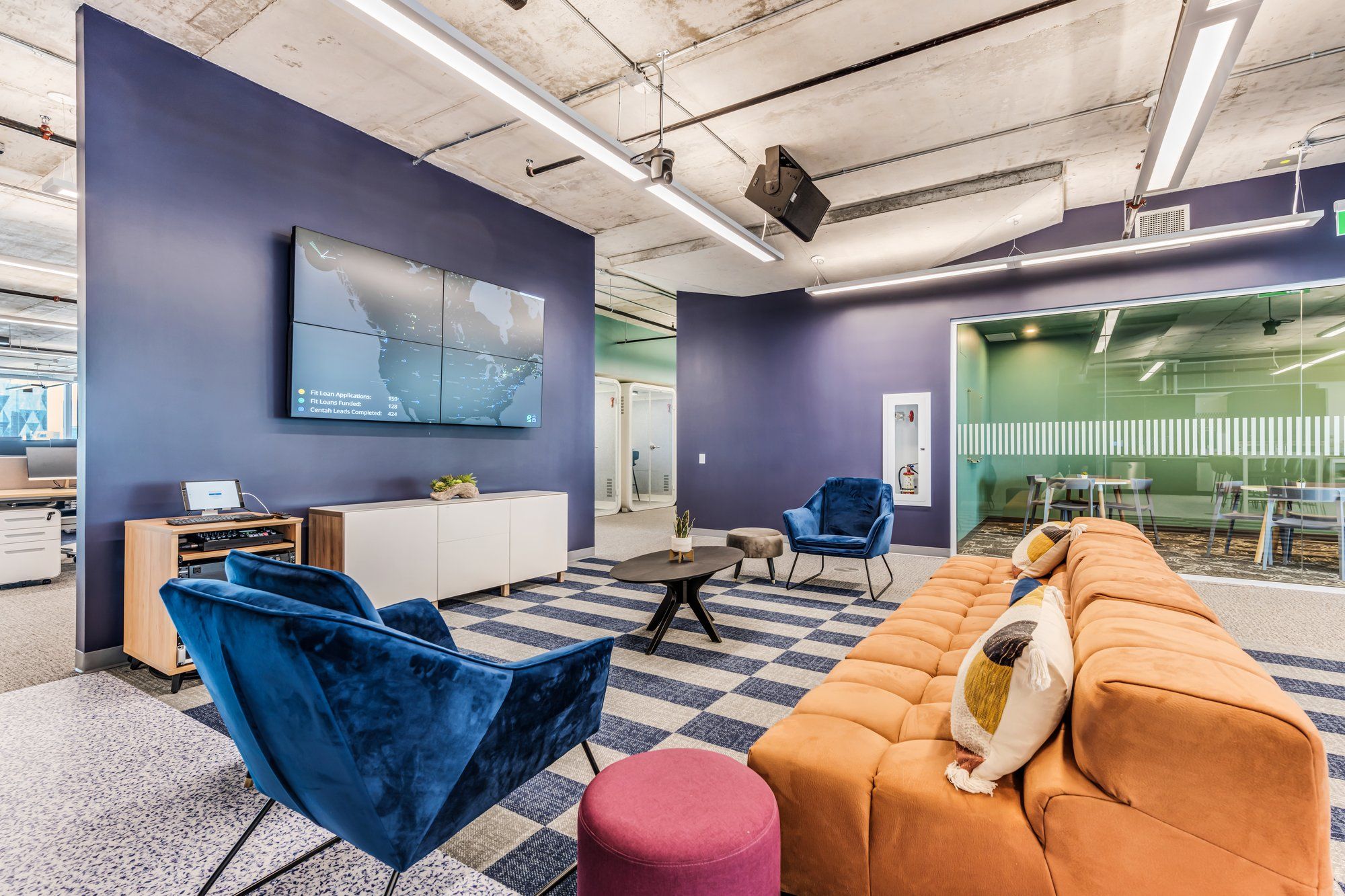
2. Why Balancing Noise and Office Privacy Matters
Excessive office noise negatively impacts productivity and increases stress. Employees need the freedom to collaborate but also require spaces where they can focus without constant interruptions. Prioritizing both interaction and quiet space is key to effective office design.
3. Creating Clearly Defined Work Zones
Thoughtful office layout planning plays a major role in reducing noise distractions:
- Buffer Zones: Use hallways, plants, or acoustic panels to separate quiet zones from collaboration areas.
- Sound Barriers: Glass partitions, shelving units, and sound-absorbing dividers help control office acoustics.
- Activity-Based Layouts: Let employees choose workspaces suited to their current task and acoustic preference.
4. Sound Masking: A Modern Office Acoustics Solution
Sound masking introduces a subtle, engineered background sound—similar to airflow—that reduces the intelligibility of speech. This acoustic solution helps make conversations less distracting and improves speech privacy in open-plan offices. Integrating sound masking into your office design can significantly enhance workplace comfort and focus.
5. Adaptive Volume Control Explained
Office noise levels fluctuate throughout the day. Adaptive volume control automatically adjusts the sound masking output in real time, increasing during busy hours and decreasing when the office is quieter. This dynamic approach maintains a consistent acoustic experience and ensures optimal office comfort.

6. Best Materials for Office Acoustics and Comfort
Incorporating acoustic materials into office interiors enhances both function and design:
- Ceiling Tiles: Acoustic ceiling tiles absorb noise and reduce echo.
- Carpet and Upholstery: Soft finishes minimize sound reflection in open office areas.
- Wall Panels: Acoustic wall panels help improve speech clarity and support overall office acoustics.
7. Office Etiquette Tips for a Quieter Workplace
Establishing a culture of noise awareness improves office comfort:
- Encourage phone calls in designated acoustic zones.
- Promote messaging apps over loud conversations.
- Reinforce quiet space guidelines to support focus and productivity.
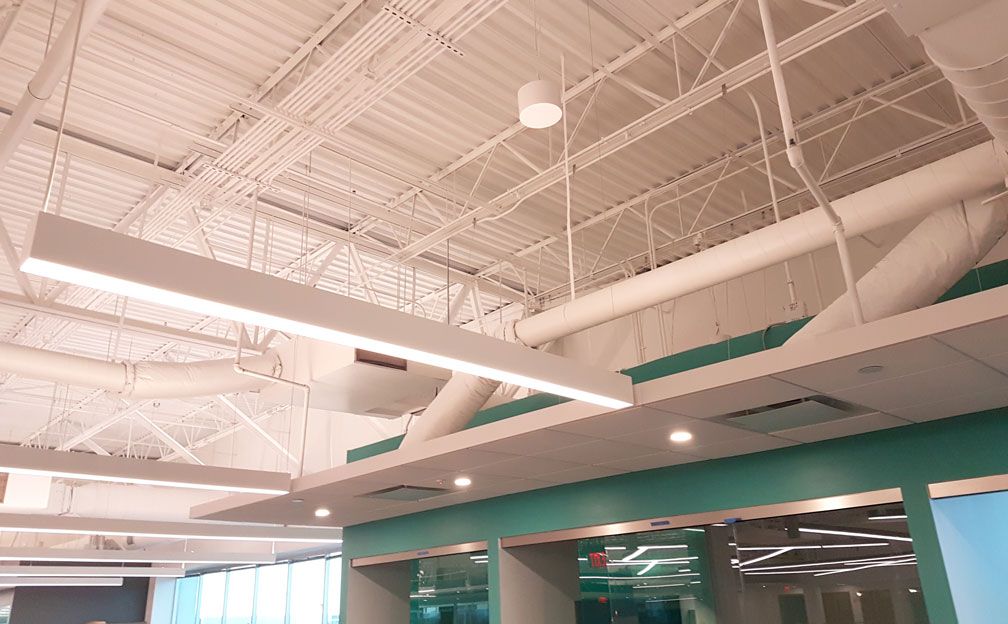
8. FAQs
Is Sound Masking Effective in Office Environments?
Yes. Sound masking systems significantly reduce distractions, enhance speech privacy, and improve focus in open offices and hybrid workspaces.
Can I Use Sound Masking with Other Office Acoustic Solutions?
Absolutely. Sound masking complements physical acoustic treatments like panels, carpets, and sound barriers to deliver a comprehensive noise control strategy.
What Is Adaptive Volume Control in Office Sound Systems?
Adaptive volume control is a smart feature that automatically adjusts sound masking levels based on real-time office noise, ensuring consistent acoustic comfort throughout the day.
Balancing open collaboration with quiet focus is essential in modern office design. By adopting an activity-based design, using office acoustic solutions like sound masking and adaptive volume, and promoting a noise-conscious culture, companies can create work environments that boost both productivity and well-being.
Ready to optimize your office for comfort, focus, and privacy?
